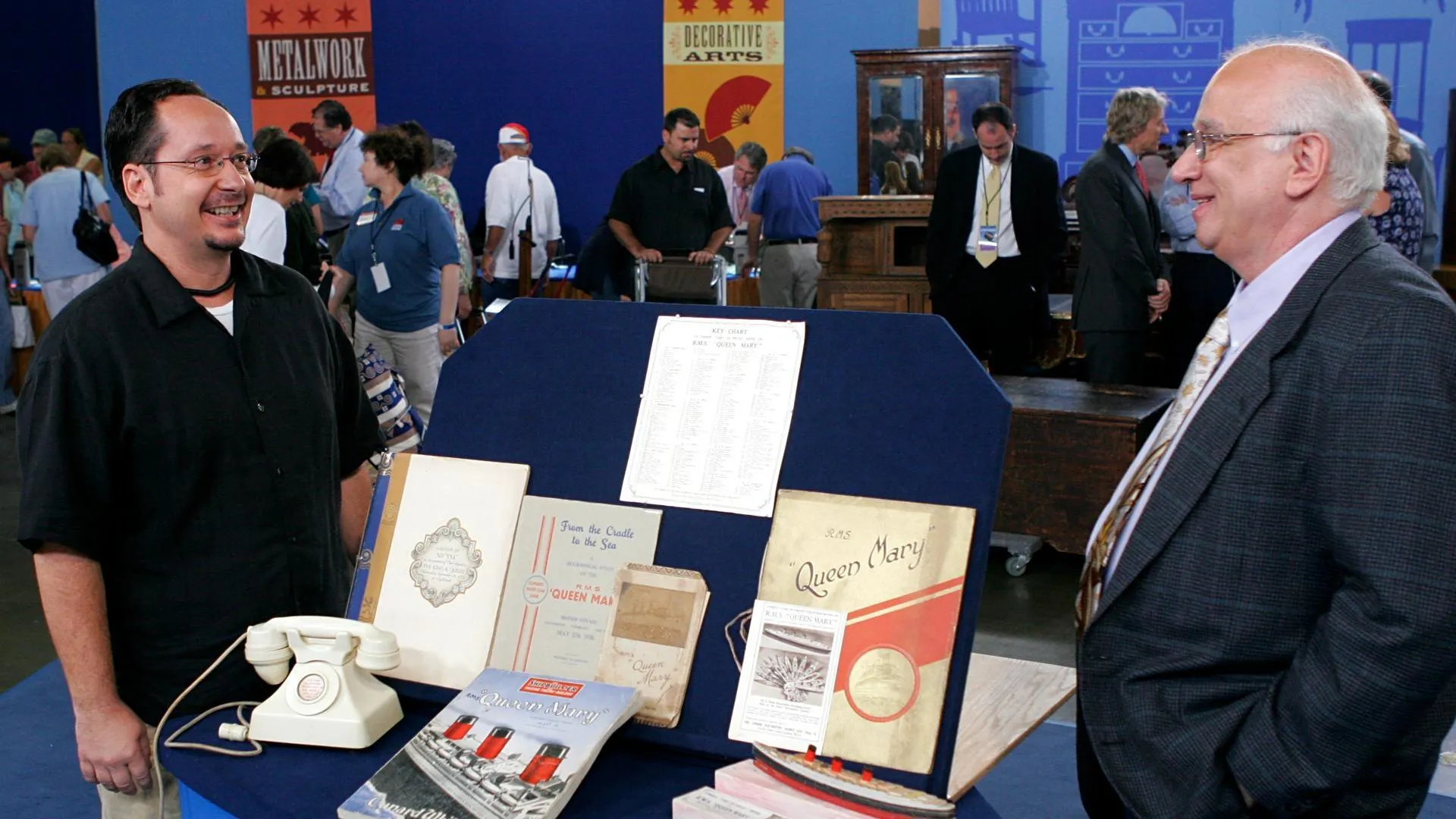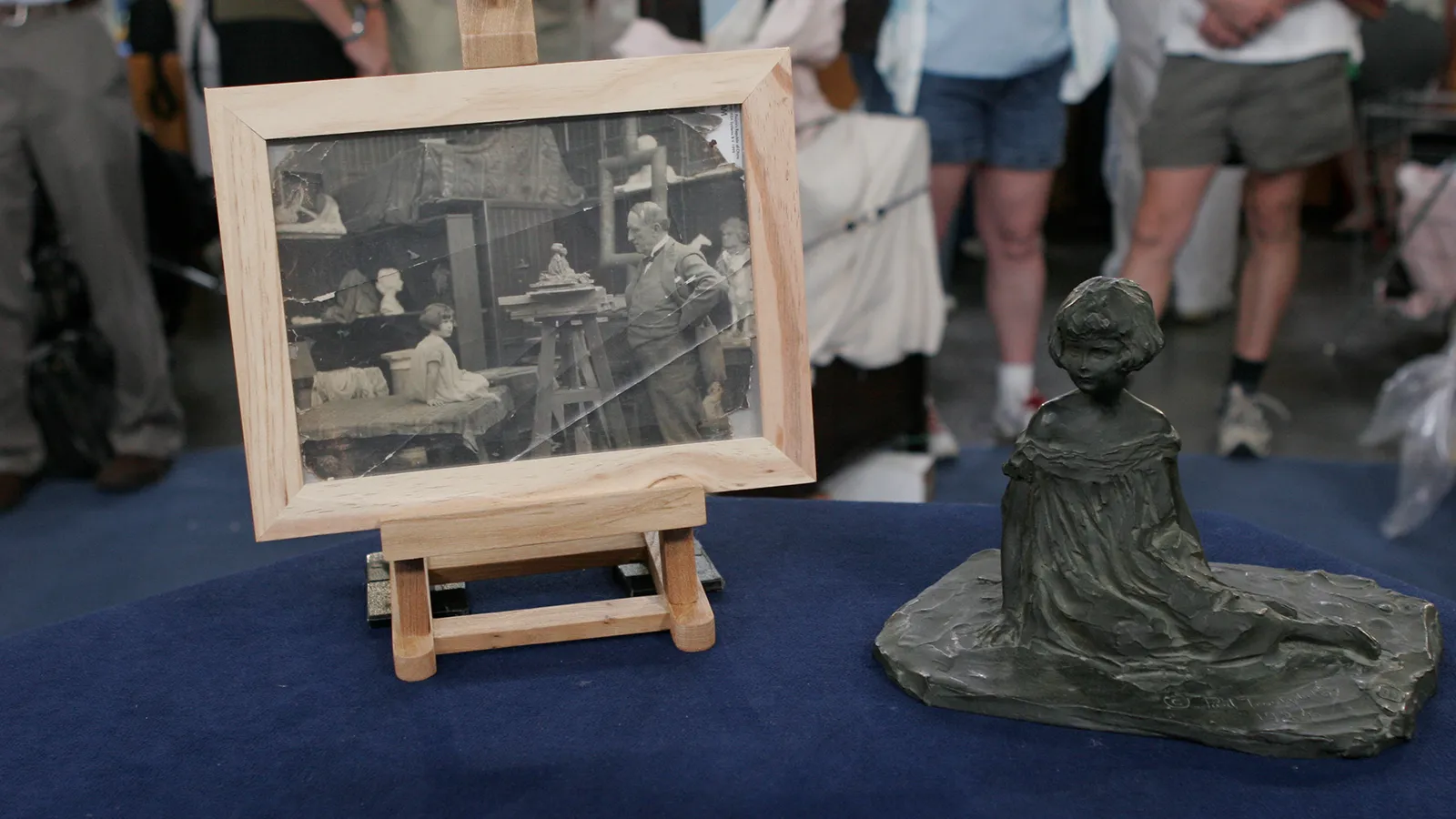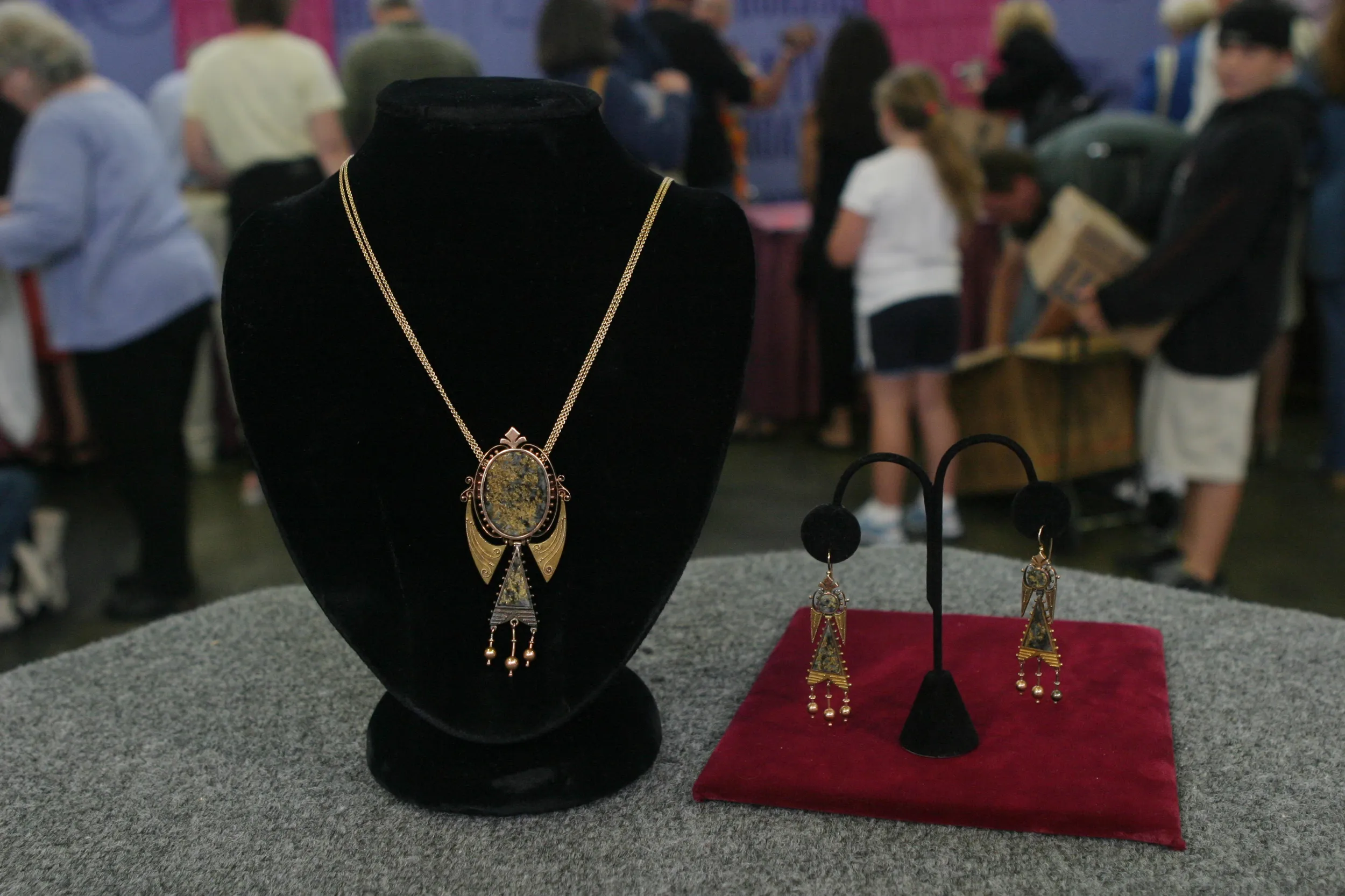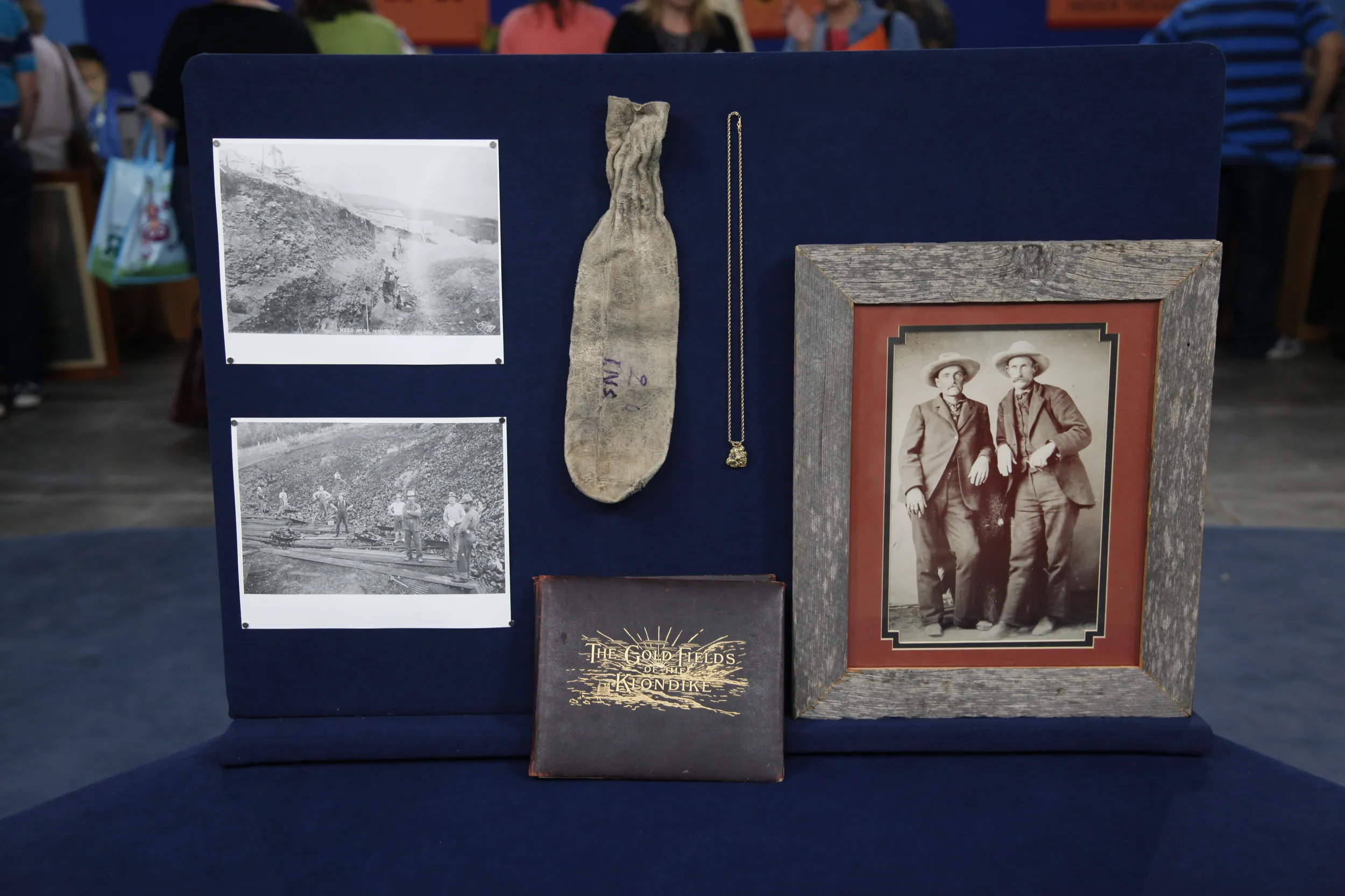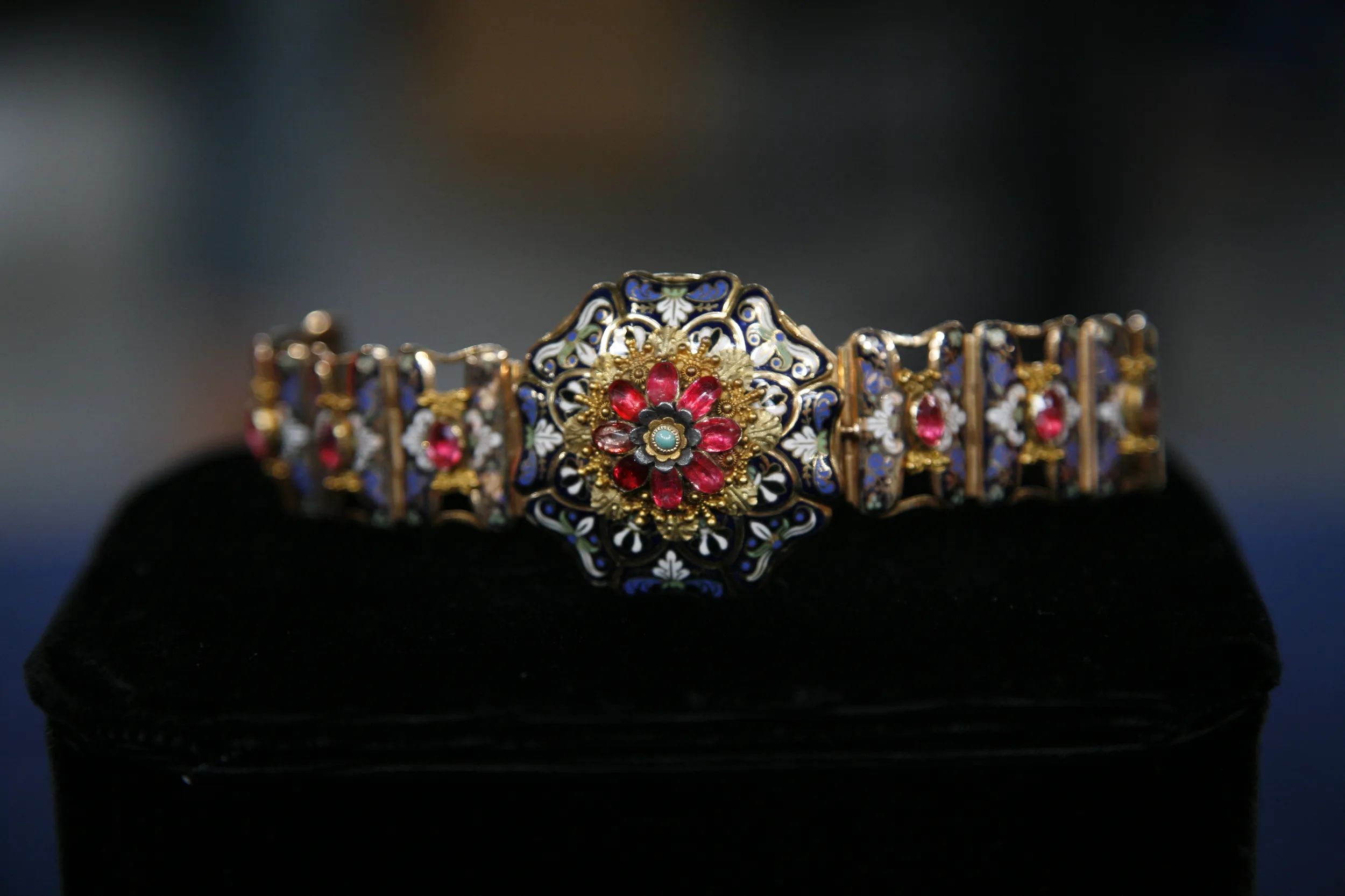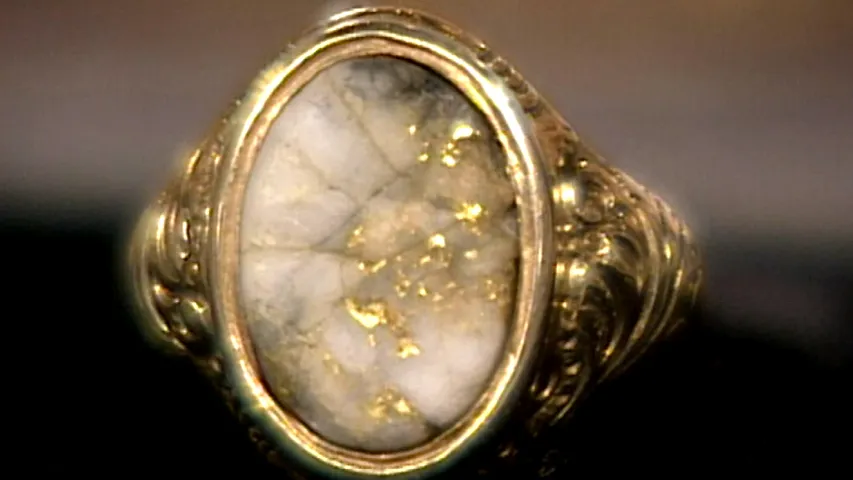GUEST: This has been in our family as long as I've been around, which means it's been there for 60 years. My father and his family came to San Francisco from Europe in the early 1920s. I assume he probably bought it in San Francisco sometime in the 1930s or 1940s. I've always been told that it's carved quartz crystal, that it's Oriental, either Chinese or Japanese. It's been in the back of a closet, frankly, for, uh, for the last 35 years.
APPRAISER: It comes in two parts. This is one, and then the base, and the base is carved as a cresting wave and you can see the wave is rising from the ocean at the bottom. And then it's almost like a water spout.
GUEST: Mm-hmm
APPRAISER: Up to the top. And as you turn around and look at it, you can see that the wave is swirling in all directions, and on top is the orb. Well, this is actually a pearl. It's not a real pearl, obviously.
GUEST: To symbolize a pearl.
APPRAISER: Symbolize a pearl. And it's the pearl of immortality.
GUEST: Oh.
APPRAISER: Okay? You do get carvings like this that were made in Asia.
GUEST: Mm-hmm.
APPRAISER: So the question is, is it Chinese or Japanese? Based on the way the carving is done on this particular piece, I believe it is Chinese.
GUEST: Chinese.
APPRAISER: Made for either the domestic Chinese audience, maybe made for the Japanese audience, because of the orb at the top.
GUEST: The pearl, mm-hmm.
APPRAISER: And possibly for the Western collectors. And it was probably purchased by your ancestor in San Francisco in the 1920s. Now, you'd always been told it's rock crystal. Do you know how to tell the difference between rock crystal and glass?
GUEST: Well, I'd look for air bubbles in, um, in glass, which I wouldn't expect to find in quartz.
APPRAISER: Absolutely. The other thing you can do is just hold it, because glass warms up much quicker in your hand than rock crystal. So bubbles are a major key. And as I looked at this with you earlier, there are no bubbles.
GUEST: Mm-hmm.
APPRAISER: But there are almost no flaws in this at all.
GUEST: Right, and in quartz, I would look for minute flaws...
APPRAISER: And there's...
GUEST: Within the crystalline structure.
APPRAISER: And there's almost none.
GUEST: Yeah.
APPRAISER: So...
GUEST: It's a very good piece of quartz, or...
APPRAISER: Or it's a very good piece of glass. It actually is a very good piece of quartz.
GUEST: Mm.
APPRAISER: Quartz crystal. The quality is exceptional. It's truly extraordinary, so auction, I would say $7,000 to $10,000...
GUEST: Mm-hmm, mm-hmm.
APPRAISER: Would be a pretty reasonable auction estimate.
GUEST: Okay, very good.

